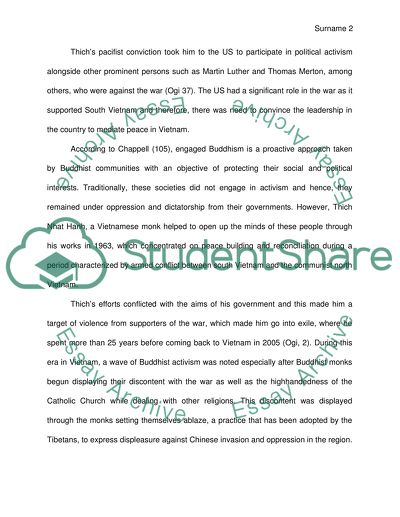Cite this document
(“Engaged Buddhism Movement in Asia/Southeast Asia Essay”, n.d.)
Engaged Buddhism Movement in Asia/Southeast Asia Essay. Retrieved from https://studentshare.org/religion-and-theology/1445727-any-engaged-buddhism-movement-in-asia-southeast
Engaged Buddhism Movement in Asia/Southeast Asia Essay. Retrieved from https://studentshare.org/religion-and-theology/1445727-any-engaged-buddhism-movement-in-asia-southeast
(Engaged Buddhism Movement in Asia/Southeast Asia Essay)
Engaged Buddhism Movement in Asia/Southeast Asia Essay. https://studentshare.org/religion-and-theology/1445727-any-engaged-buddhism-movement-in-asia-southeast.
Engaged Buddhism Movement in Asia/Southeast Asia Essay. https://studentshare.org/religion-and-theology/1445727-any-engaged-buddhism-movement-in-asia-southeast.
“Engaged Buddhism Movement in Asia/Southeast Asia Essay”, n.d. https://studentshare.org/religion-and-theology/1445727-any-engaged-buddhism-movement-in-asia-southeast.


